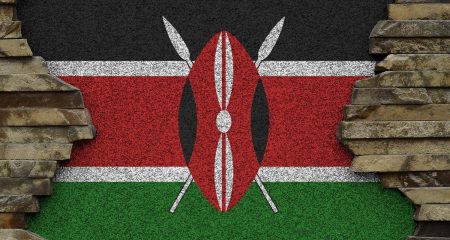
All of SA’s current investment in metropolitan, provincial, national and undersea cable systems will mean “nothing” if the country doesn’t build a comprehensive fibre-to-the-home (FTTH) network to deliver the benefits to consumers.
That’s the view of Cris Fuentes, CEO at ZTE SA, who says a coordinated national approach to deploying a nationwide FTTH network is needed “urgently” and must be driven by government, in cooperation with the private sector.
Despite the costs involved — Fuentes estimates that in total it will cost “several hundred billion rand” to build a fibre access network into all formal homes in the country — he believes it is something that needs to be considered seriously by government to create jobs, ensure the country’s competitiveness and grow the economy over the next 20 years.
Despite the high costs involved, he says it is “perfectly affordable”, provided there a solid strategic plan behind it and government ensures there isn’t unnecessary duplication of infrastructure.
“We will achieve nothing if we don’t bring the final mile [of fibre] into houses,” he says. “But the private sector alone cannot take responsibility for FTTH, even in the dense urban areas. The state must participate to make it a national effort.”
FTTH needs to be addressed as part of a comprehensive broadband strategy, currently being formulated by the department of communications, Fuentes says. This plan must include provisions requiring construction companies to build fibre into new developments, in the same way that they deliver water, sewage and electricity. Fibre access, he says, has become just another “utility”, as important as water.
“Bringing fibre into new houses will not jeopardise the financial balance of those projects,” he contends. And the benefits on the broader economy would be enormous.
It would also create jobs, especially in the small and medium enterprises that would be commissioned to maintain the infrastructure. “This is immediate low-hanging fruit in terms of local job creation.”
Fibre, he says, should be taken to low-income housing developments, too, and not only to the wealthy suburbs in the country’s cities.
Pointing to Australia’s government-led plan to take high-speed fibre access to 93% of Australian homes, schools and businesses at a cost of A$40,9bn, Fuentes says countries are increasingly realising that the next wave of fixed-line telecoms infrastructure investment should be led by the state. “Like it happens with highways, governments must take the lead and initiative in building this infrastructure,” he says. “Similar to e-tolling [to fund upgrades to freeways in Gauteng], you can then talk about concessions and how the state recovers the cost of this infrastructure investment.”
Fuentes says he hopes the department of communications will begin to tackle this issue at its next big policy indaba in May. “It’s clear everyone needs clarification, otherwise we’ll have parallel infrastructure being built.”
He also doesn’t believe wireless networks, including next-generation long-term evolution (LTE) systems, provide a real alternative to fixed-line fibre access networks. He describes LTE as “broadband for wealthy people”, adding that it will serve as an “excellent alternative” to fixed-line fibre. — (c) 2012 NewsCentral Media




